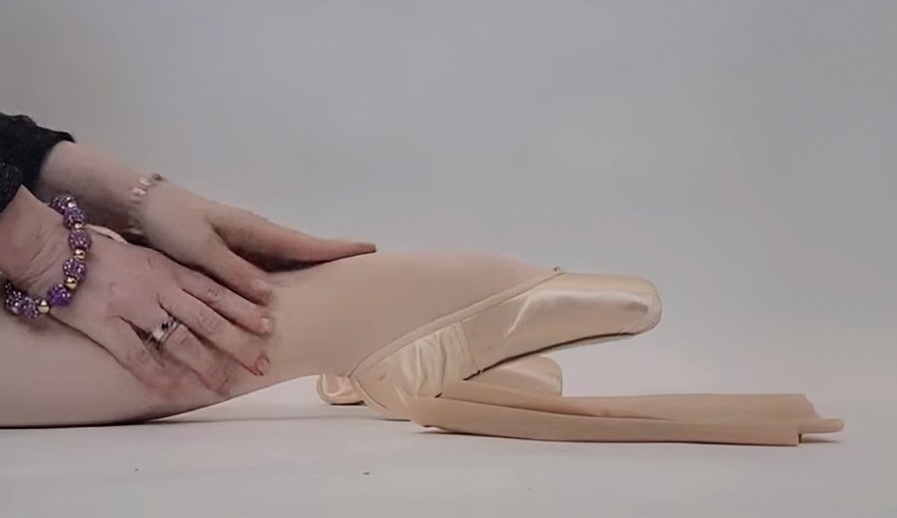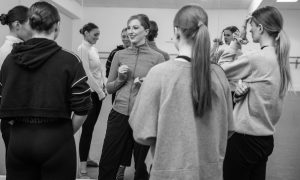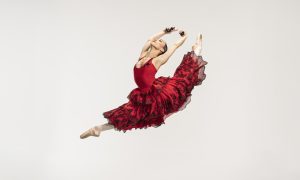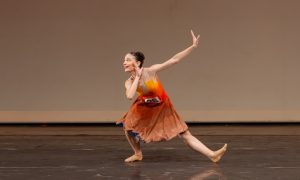In classical ballet, beautifully curved arches are both a requirement and an obsession. Ballet dancers strive for graceful, curving lines in the ankle and foot and will go to great lengths to achieve them. The higher the insteps on the dancer, the more envy they attract from their peers. Dancers like Alessandra Ferri and Sylvie Guillem come to mind — their foot flexibility seems almost inhuman. Their arch curves mimic the shape of bananas. Talk to any retired ballet dancer about their career, and inevitably, the conversation will turn to, “Well, I had good (or bad) feet.” To an outsider, a dancer’s preoccupation with flexible feet is a curious oddity.
There are different types of foot flexibility. A dancer can have a flat transverse arch (bottom) but a good instep (top). Or they can have a lot of movement in plantar flexion (pointing) but not a high instep. Some dancers even have extensive movement in the phalanges (toes), allowing them to create a pleasing line. A number of rare dancers possess all of the above and are held up as the gold standard of beauty in classical ballet. The Paris Opera Ballet dancers comes to mind, with their impeccable, well-pointed feet.
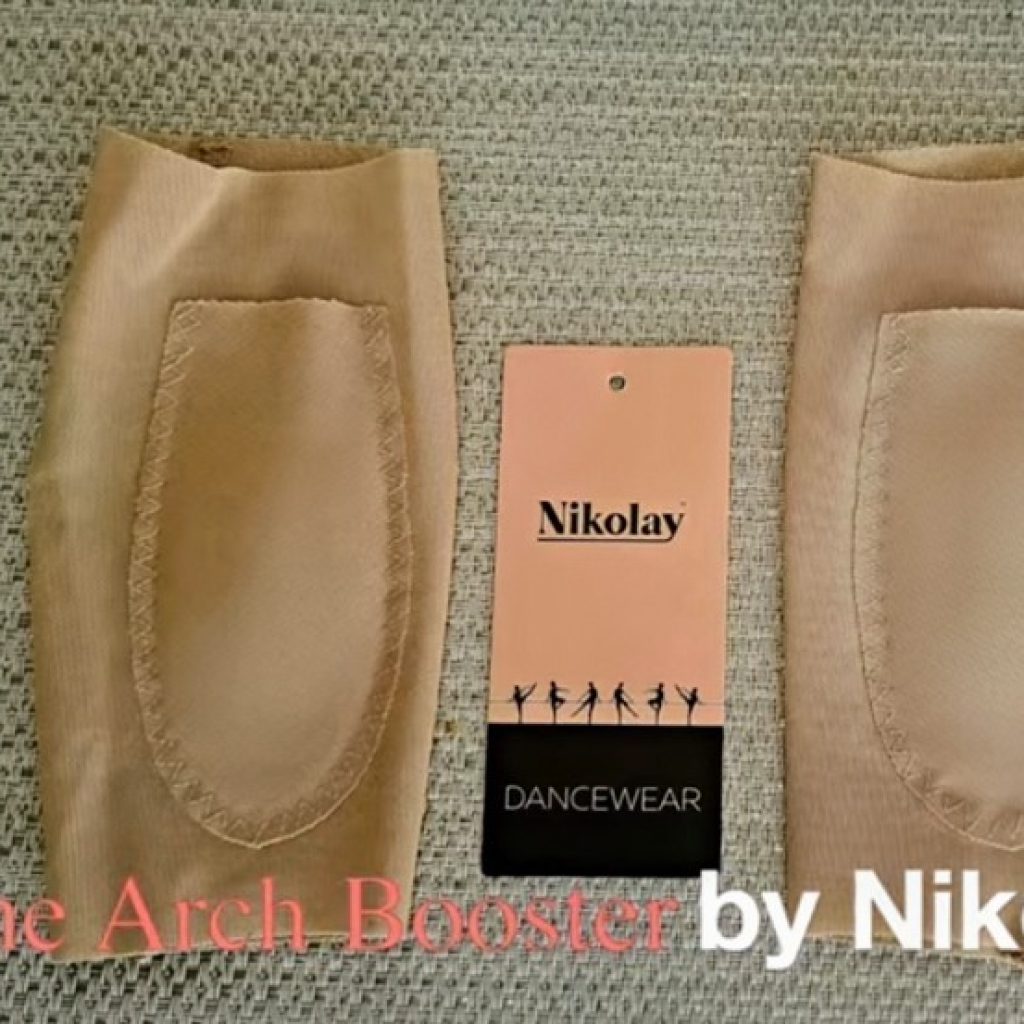
The foot line desired by ballet dancers is inherently weak from a structural standpoint. Extreme stretching of the ligaments and tendons can lead to instability and injuries. I personally experienced numerous problems throughout my career due to my flexible feet and ankles. To this day, I still receive compliments on my foot line in pointe shoes, yet I cannot wear high-heeled street shoes without wobbling. Even so, I would not have given up my delicate little teacups (as one of my directors once called them). I often discussed with my colleagues that people in ballet forgive a lack of turnout before they forgive unsightly foot lines. All dancers want croissants; no one wants biscuits. Anyone without high arches has to figure out a way to improve their lines.
What do dancers do when they have less-than-pleasing foot and ankle lines? They work at it — tendus and more tendus, slow rises, Theraband exercises, work, work, and more work. There are plenty of ways to improve the arches, including some medieval-looking stretch devices available on the market. A simple Google search of “improve feet ballet” brings up pages of products for sale, instructional videos, and endless advice on improving foot lines. Thousands of images flood social media with dancers pointing their feet, crunching over their toes, and stretching.
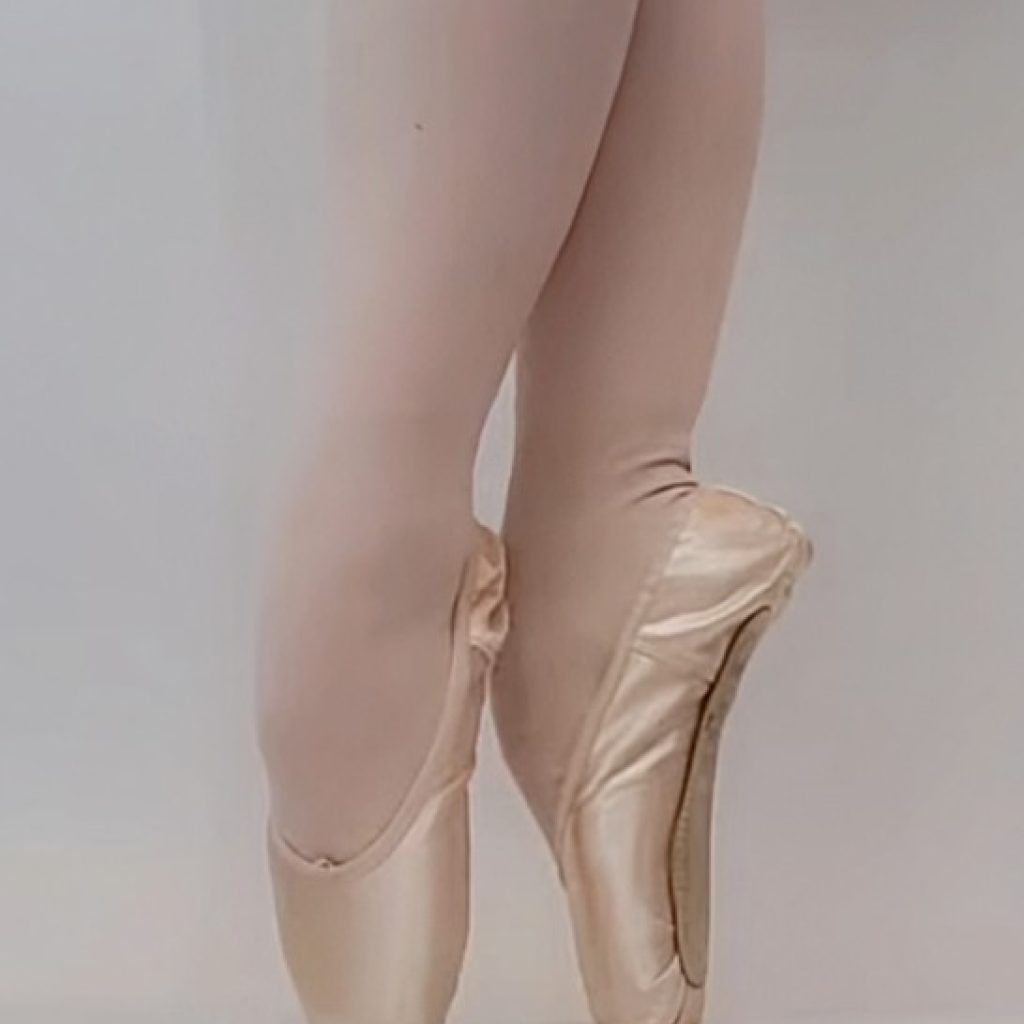
Sometimes, these valiant efforts are not quite sufficient. Stretching may not be enough, nor cutting a shank on a pointe shoe. Cosmetic assistance may be required. One may need farches. Farches, also known as fake arches, arch enhancers or arch boosters, can be a taboo topic in classical ballet. They are something dancers snicker about in conversations or use as a teasing insult in the back of a rehearsal room. No dancer wants to be caught wearing farches.
Not so fast. Fake arches are controversial in ballet, but perhaps they deserve a second look. Arch boosters deserve a fair, unbiased assessment. It is common knowledge that pop singers use Auto-Tune, movies use green screens, and magazines rely on an astonishing number of filters. Models and performers wear makeup, fake eyelashes, colored contacts, wigs, fake nails, and even Spanx to enhance and create a desired appearance. Skylar Brandt, a principal dancer with American Ballet Theatre, recently spoke openly about wearing arch enhancers in an interview with Sophie Elgort on All Arts TV. Perhaps it is time to consider arch enhancers as a useful tool for dancers who want to look good without torturing their feet or destroying their anatomy.
Finding an arch booster that works takes time and effort. I’ve witnessed dancers pulling shoulder pads out of garments and placing them under their tights to achieve the desired look. That is a rather old-school approach and is no longer necessary with easy online shopping and numerous styles to choose from. After searching the internet, I settled on one that seemed promising: the Grishko (Nikolay in the USA) Silicone Arch Booster. According to the Grishko UK website, the great prima ballerina assoluta Maya Plisetskaya was a personal friend of the founder, Nikolay Grishko. She suggested the creation of arch enhancers. “The height of the arch is far from being evidence of professionalism of the dancer. But it is generally expected in the world that a ballerina should have a high and flexible arch. It was Maya Plisetskaya who suggested that the arch booster can become an irreplaceable assistant on the stage for dancers with lower arches.” (Grishko website, 2025)
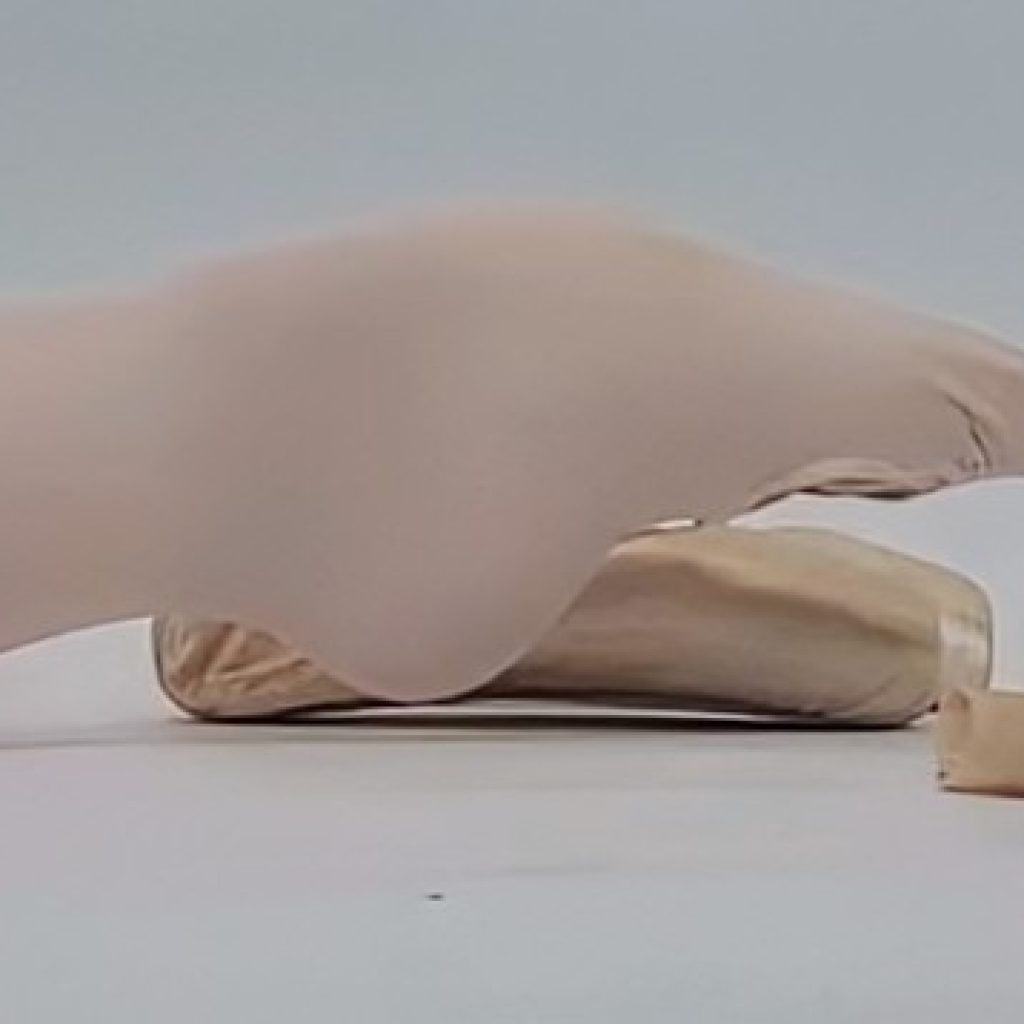
The price tag for their arch booster is moderate, and they boast a medical-grade silicone design. One appealing feature is that the silicone piece is not as pronounced as some other brands, making them appear more natural. They are comfortable and do not slide around under tights. They stay in place thanks to power mesh fabric and are sold in sizes small, medium, and large. Currently, they are only available in ballet pink, which won’t work for all skin tones. Maybe in the future, they will be sold in more hues. Although noticeable up close, from a distance in a larger theater or opera house, they create an aesthetically pleasing look. I know some professional dancers who use them for performances, and from my perspective in the audience, nothing appears unusual.
My conclusion? While there is no replacement for a strong, well-trained foot, arch boosters may save some dancers from emotional distress and feelings of inadequacy. They offer a quick and easy way to enhance foot aesthetics but also raise concerns about honesty and technical development. Ultimately, the use of fake arches in ballet is a highly personal choice that depends on the individual.
See my demonstration and discussion of the arch boosters below:
Sophie Elgort’s interview with Skylar Brandt for All Arts:
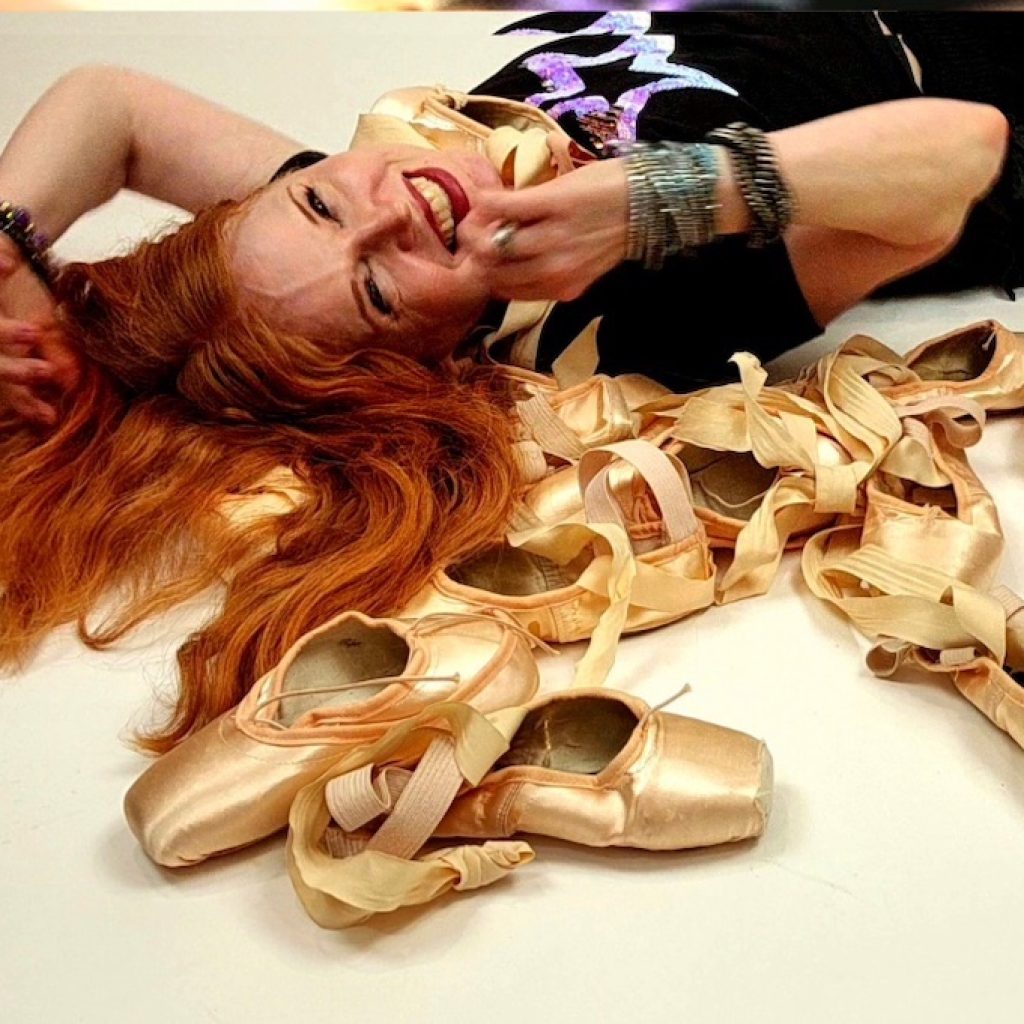
By Mary Carpenter of Dance Informa.
Mary Carpenter is a former professional ballet dancer who began her studies at CCM, the official school for the Cincinnati Ballet Company, and was on scholarship at the David Howard Dance Center. Mary also holds a BA with high honors in dance from Butler University. She has danced for the Metropolitan Opera Ballet, Ohio Dance Theatre, Granite State Ballet, Maryland Ballet, Lexington Ballet and Charleston Ballet, and performed in numerous off-Broadway shows. Mary has contributed to the dance community as a dedicated instructor in ballet, Pilates and Progressing Ballet Technique (PBT), and served on the faculty of Broadway Dance Center, the Ballet Hispánico School of Dance, Barnard College and The New School University. She is current faculty for Ballet Academy East and the world-famous Steps on Broadway. Her classes for adult beginners are available virtually on the Dancio.com website. With over three decades of experience, Mary has become a highly skilled pointe shoe fitter. She has worked with dancers from prestigious companies such as American Ballet Theatre (ABT), The Royal Ballet and New York City Ballet. Her expertise in fitting pointe shoes has led her to give lectures at renowned summer programs, including ABT/JKO, Dance Theatre of Harlem, NYSSSA and Oklahoma Summer Arts in Quartz. In 2015, Mary launched her YouTube channel, “Dancewithmary NYC,” where she shares her knowledge and expertise on pointe shoes through monthly segments. Her channel has become a valuable resource for dancers and teachers seeking guidance and advice.


